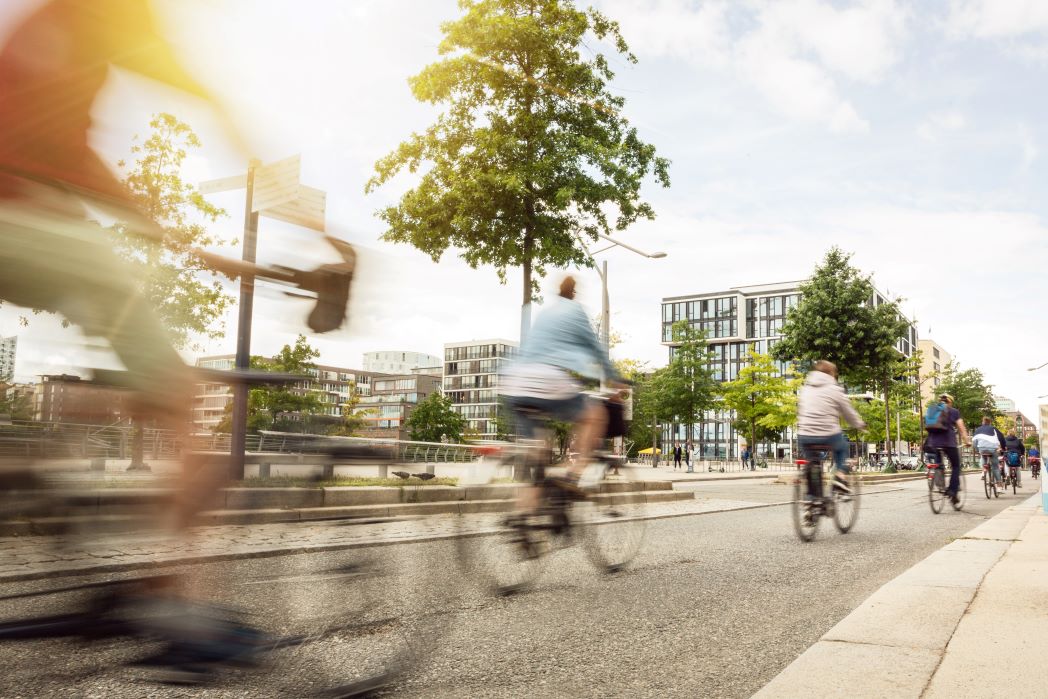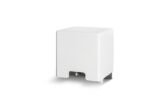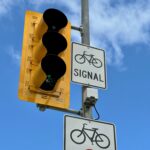
Traffic sensors detect near misses
There is a strange discrepancy between people’s feeling of safety or unsafety and actual safety. If a situation feels unsafe, we adjust our behavior accordingly, so that the situation immediately becomes safer. The converse is also true: a situation may feel safe, but this sense can be false. Whether places are actually unsafe is often determined on the basis of accidents, but they do not tell the whole story.
Accident statistics do not give a full picture of experienced safety in traffic situations, and it can be important to intervene before accidents happen: some stable doors should be closed before the horse has bolted. Relevant data is hard to find, and it is here that data on near misses can come in handy. Near misses are near accidents, situations for example in which a vehicle and a cyclist nearly collide. Because there is no actual accident, these situations are not represented in the traffic accident statistics, even though they can be very useful in improving safety and the sense of safety in traffic.
Data points
A study by Technolution [*] focused on two types of near misses in which road users (vehicles, cyclists, pedestrians) had to stop to prevent an accident. The first criterion for a near miss is: time to collision – how much time did the road users have left to avoid a potential accident. The second type of near miss is that in which road users find themselves on the same spot just before or after the other. The crucial data point here is ‘post encroachment time’: how much time was there between the moment that the two road users found themselves in the same spot.
FlowCubes
Technolution used its FlowCube traffic sensors for this study: sensors based on cameras that are able to measure and analyze the traffic. Road users can be followed across the intersection, and by combining information from different viewpoints, an accurate image of all vehicles and road users on the intersection can be created. By continuously internally buffering the raw images, we can record the situation of detected near misses for further analysis. The recorded images have a low resolution and only show what happened, without allowing identification of the vehicle. The road manager can use them to gain insight into the weak points of intersections that do not appear in accident statistics. This provides pointers for improving road users’ sense of safety and reducing risks.



